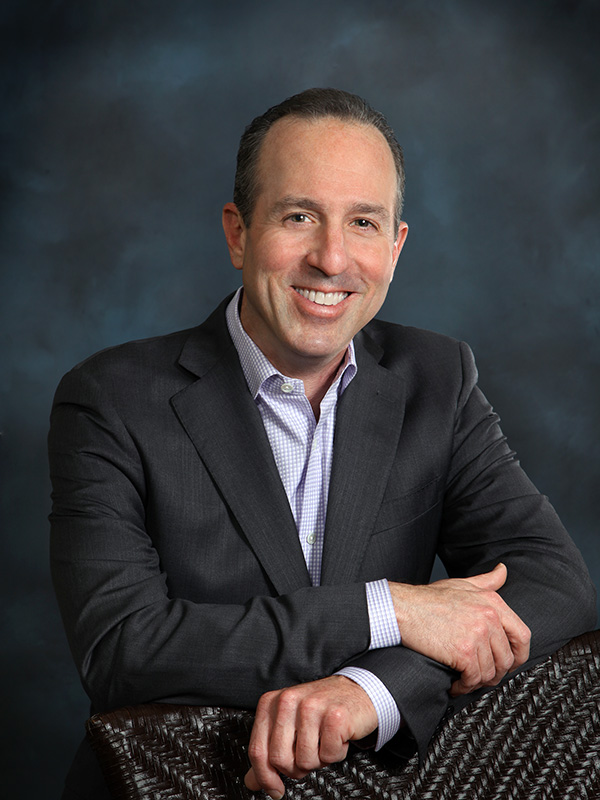Shoulder Dislocation Surgeon

Are you an athlete who participates in contact sports? If so, you may be at risk of sustaining a shoulder dislocation. Patients who experience chronic shoulder instability due to a shoulder dislocation, may be a candidate for surgery. Shoulder dislocation surgeon, Dr. Mark Getelman provides diagnosis and both surgical and nonsurgical treatment options for patients in Los Angeles who have sustained a shoulder dislocation. Contact Dr. Getelman’s team today!
Dislocated Shoulder Surgery Overview
The shoulder is an extremely mobile joint since it is stabilized by soft tissue restraints instead of bony restraints. Composed by the humeral head (ball) and glenoid area of the scapula (socket), the shoulder’s mobility allows individuals to throw overhead, lift heavy objects and perform work-related movements. The shoulder joint can experience a dislocation when the ball and socket become pulled apart from a traumatic event. A shoulder stabilization procedure may be necessary in more severe “unstable” shoulder cases. A dislocated shoulder surgery aims to repair ligament and joint surface damage, as well as reduce the risk of re-dislocations and arthritis. Dr. Mark Getelman, orthopedic shoulder surgeon located in the Van Nuys, Westlake Village, Thousand Oaks and Los Angeles,, California communities, developed and published the “Hospital-Corner” repair, a surgical dislocated shoulder treatment.
A dislocated shoulder can cause extreme pain and instability in patients. In many cases, the shoulder’s surrounding ligaments and cartilage can become torn at the time of dislocation, leading to additional concerns for the patient.
Dislocated shoulder treatment, no matter the injury severity, begins by reducing the shoulder, or putting the ball back into the socket. After this occurs, Dr. Getelman will perform a series of X-rays to confirm the shoulder is back in the correct position and an MRI scan to examine injury extent. If bone loss is suspected, a CT scan may also be needed. If too much damage has occurred to the joint, a shoulder stabilization surgery may be necessary to return stability and full range of motion.
Dr. Getelman will typically perform an arthroscopic shoulder surgery when surgery is deemed necessary for a labral tear without bone loss. The majority of patients who undergo surgery experience restoration of shoulder stability, while restoring range of motion and overall joint mobility.
Dr. Getelman developed and published the “Hospital-Corner repair” for shoulder instability. This shoulder instability repair uses double-loaded suture anchors in the glenoid. The first primary stitch is passed through the labrum only and then tied, shifting the tissue superiorly. The second stitch is then passed inferiorly through the patulous capsule, in addition to the labrum with a pinch-tuck technique. This dislocated shoulder surgery technique distributes the tension on the labral repair and creates a fold to protect and shield the primary labral repair. Just as flat sheets are folded and tucked underneath a mattress to form a “hospital corner,” this procedure applies a similar principle to the labrum and capsule of the shoulder joint.
Arthroscopic Stabilization for Shoulder Instability Repair Protocols
It is critical that the repaired arm remains immobile in a sling for a certain period of time, typically three to six weeks, following a surgical dislocated shoulder treatment. Patients can utilize pain medications and ice packs to help alleviate pain as the injured shoulder joint heals.
Dr. Getelman expects patients to begin a recovery and rehabilitation program immediately following surgery. Rehabilitation typically consists of gentle passive range of motion followed by active motion, strengthening exercises and full return to activities over time.
For more resources on shoulder stabilization surgery, or for more information on the “Hospital-Corner” repair as a dislocated shoulder treatment, please contact the orthopedic office of Dr. Mark Getelman, orthopedic shoulder surgeon located in the Van Nuys, Westlake Village, Thousand Oaks and Los Angeles,, California area.
Shoulder Dislocation FAQ
How to prevent, treat, fix, stop shoulder dislocation
Prevention: Try to stay in good physical shape. That means strengthening the back muscles, the neck, arm and of course, shoulder. Perform stretching and range-of-motion exercises, particularly after exercising, when the muscles are warmed up. Do not lift or carry objects that are too heavy for you. Repeated arm movements can injure the tendons or bursa (a lubricated cushion located at friction points between bone and surrounding soft tissue). Alternate arms when doing repetitive activities such as gardening or cooking. If you’re doing activities that involve raising your arms to the side or overhead (like painting) for long periods of time, take frequent breaks.
Surgery: Injury extent can be confirmed by an MRI and, if bone loss may be suspected, a CT scan. In situations where too much damage has occurred, the only way to restore shoulder stability and range of motion is shoulder stabilization surgery. If there is a labral tear without bone loss, orthopedic surgeon Dr. Mark Getelman will perform arthroscopic shoulder surgery. Dr. Getelman also developed and published “Hospital-Corner repair” for shoulder instability, which used double-loaded suture anchors in the glenoid. This surgical technique applies the same technique of folding and tucking a flat sheet under a mattress to form the “hospital corner,” except in this case, it created a fold to protect the primary labral repair.
How long does it take a shoulder dislocation to heal?
Depending on factors such as how serious it is, the person’s age and whether this is the first dislocation, healing time could be 6 weeks or more. Once the dislocation is diagnosed, the doctor will likely prescribe ice packs to control swelling and a few to several weeks immobilization of the arm and shoulder in a sling. He or she may perform a reduction — use a technique to move the shoulder back into its socket. If the shoulder continues to dislocate, the doctor may recommend surgery.
